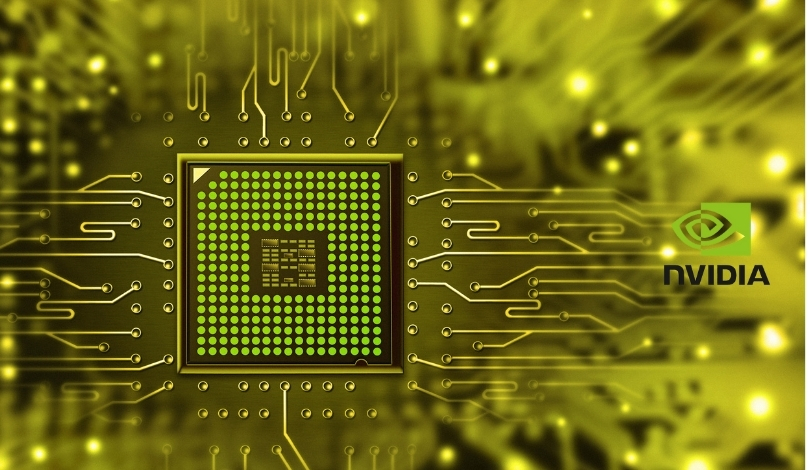Nations are increasingly focusing on developing sovereign AI systems to reflect their local values and regulations. NVIDIA has recently introduced four new Neural Inference Microservices (NIM) to support this initiative, aimed at simplifying the creation and deployment of generative AI applications. These microservices are designed to enhance user engagement by better understanding local languages and cultural nuances, leading to more accurate and relevant responses.
Previous reports have highlighted the rapid growth of the Asia-Pacific generative AI software market, with forecasts predicting a surge in revenue from $5 billion to $48 billion by 2030. This aligns with earlier trends showing increased investments in AI infrastructure by countries such as Singapore, UAE, South Korea, Sweden, France, Italy, and India, emphasizing a global shift towards sovereign AI.
NVIDIA’s New Offerings
Among NVIDIA’s new products are two regional language models: Llama-3-Swallow-70B for the Japanese market and Llama-3-Taiwan-70B for Mandarin speakers. These models are tailored to better understand regional laws, regulations, and cultural nuances. The RakutenAI 7B model family further supports the Japanese language, showing exceptional results in the LM Evaluation Harness benchmark for open Japanese large language models, excelling in both Chat and Instruct functions.
Impact of Regional Language Models
Training large language models (LLMs) on regional languages enhances communication effectiveness. These models, compared to base models like Llama 3, significantly outperform in understanding local linguistic and cultural subtleties, excelling in tasks such as legal document handling, text translation, and summarization. The deployment of these specialized LLMs by businesses, government entities, and academia promises improved user experiences and operational efficiency.
NVIDIA’s NIM microservices allow entities to host native LLMs in their own environments. Available through NVIDIA AI Enterprise, these microservices are optimized for inference using the NVIDIA TensorRT-LLM library. The Llama 3 70B microservices, serving as the foundation for new models, offer up to five times higher throughput, reducing operational costs and latency, thus enhancing user experience.
“LLMs are not mechanical tools that provide the same benefit for everyone. They are rather intellectual tools that interact with human culture and creativity,” stated Rio Yokota, professor at the Global Scientific Information and Computing Center at the Tokyo Institute of Technology. “The availability of Llama-3-Swallow as an NVIDIA NIM microservice will allow developers to easily access and deploy the model for Japanese applications across various industries.”
NVIDIA’s latest advancements in AI microservices underscore a significant move towards sovereign AI, reflecting the broader global trend of nations seeking to develop AI systems that adhere to local cultural and regulatory standards. The introduction of region-specific language models marks an important step in this direction, promising enhanced performance and more relevant responses in localized applications.










